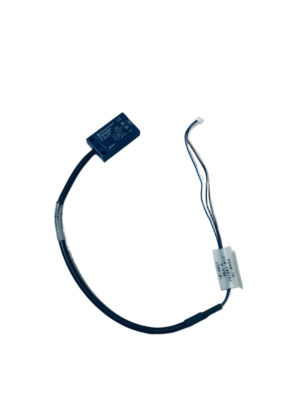
Origin New Mpm Printer Solvent Leaking 1014836 1014863
Mpm Printer Solvent Leaking 1014836 and 1014863 are components related to solvent management in MPM printers ,ITW EAE .
MPM Printer Solvent Leaking Sensor 1014836, including parts like 1014863 and 1015787, is an essential component for monitoring and preventing solvent leaks
in MPM printers such as the MPM Momentum, 100, and BTB125 models. This sensor plays a crucial role in ensuring the safe and efficient operation of the
printing system by detecting any solvent leaks, which could disrupt the printing process. Available as part of Speedline parts and other SMT spare parts, the
1014836 sensor is a key element for maintaining the performance and reliability of MPM printers, including the MPM Momentum Screen Printing machine.









